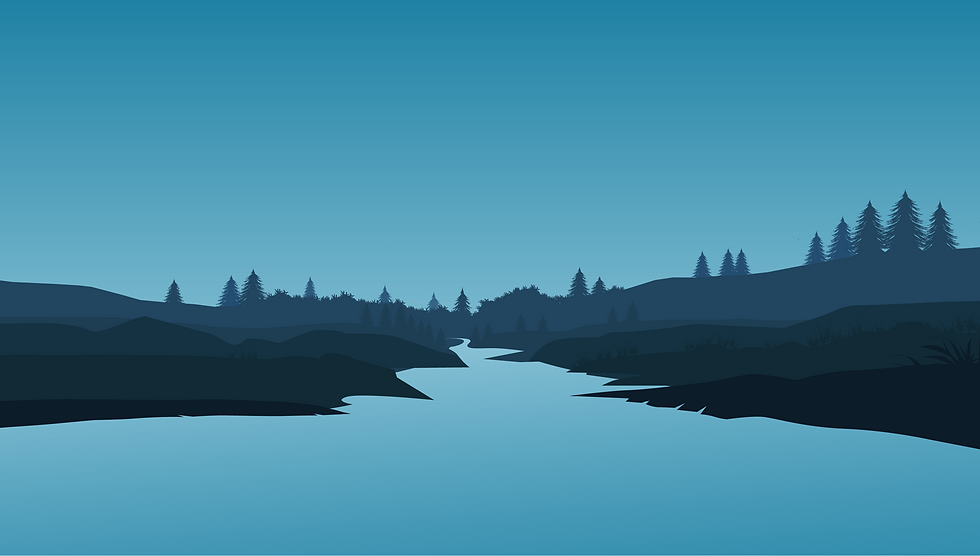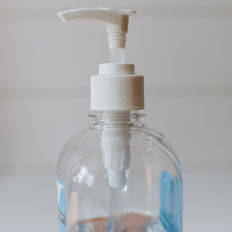
PLASTIC SOURCES & PATHWAYS
Plastics are one of the most revolutionary innovations of the modern world. They play a critical role in shaping our economy and our daily lives. Plastics are used in many different ways - they can be found in medical equipment, buildings, clothing, food packaging, phones, toys and many other items. Some plastics are reusable and recyclable, while others are difficult to recycle with current technology. Most plastics are very durable and do not biodegrade in the environment. When improperly discarded, these materials can find their way into rivers, streams and lakes, posing risks to ecosystems and human health.
Not all plastic items become pollutants, though all plastic has the potential to reach the environment if improperly disposed of. The plastics listed on this page are some of the most commonly used in the world, but not necessarily the most common types of plastic pollution!
Read on to learn more about where plastic pollution can originate and how it typically travels from these sources to reach waterways like the Great Lakes. And be sure to look at our feature on Plastic Types for more information about different varieties of plastic and what makes each kind unique.
Source
Pathway
Click the icons and arrows for details on different sources and pathways of plastic into the Great Lakes
residential areas
Types and Examples of Plastic:
PET
Polyethylene terephthalate
Clothing fibres, drink bottles, personal care product bottles
HDPE
High-density polyethylene
Laundry detergent bottles, recycling bins, toys
PVC
Polyvinyl chloride
Shower curtains, commercial & residential flooring
LDPE
Low-density polyethylene
Plastic bags, juice boxes, plastic film
PP
Polypropylene
Dishware, food containers, outdoor furniture
PS
Polystyrene
Food trays, utensils, toys, insulation, foam in car seats
Plastic Pathways:
A major pathway for plastics found in our lakes is wastewater effluent. Wastewater Treatment Plants (WWTPs) collect and treat wastes that are known to contain microplastics including those originating from personal care products and synthetic fibres originating from clothing. Some studies have found higher counts of microplastics in water and sediment near or downstream of WWTPs, while others have reported microplastic in treated effluent.
Industrial & Manufacturing areas
Types and Examples of Plastic:
PVC
Polyvinyl chloride
Rigid pipes, wire insulation, building siding
LDPE
Low-density polyethylene
Tubes, laboratory equipment, wire insulation, wrapping
PP
Polypropylene
Car parts, medical components, industrial fibres
PS
Polystyrene
TVs, computers, medical equipment, culture trays, petri dishes, packaging, instrument panels
PC
Polycarbonate
Aircraft, smartphone, automotive and medical parts
Plastic Pathways:
Pathways for plastics and microplastics originating from industrial and manufacturing operations include industrial effluent, industrial spills, and stormwater runoff. Studies have found that rivers and streams flowing through areas of high industrial activity could be transporting plastic pellets used for the production of manufactured goods into the lakes.
roads & vehicles
Types and Examples of Plastic:
PP
Polypropylene
Bumpers, cable insulation, carpet fibres
PVC
Polyvinyl chloride
Instrument panes, electrical cables, pipes, car doors
N
Nylon
Car tires, injection molded vehicle parts
Plastic Pathways:
Microplastics can be released from vehicle tires and brake systems through abrasion or friction, and once in the environment, they can become a source of plastic pollution in our lakes. Particles can enter streams and lakes through air dispersal or stormwater runoff. In addition, pre-production plastic pellets are often transported from manufacturer to processer by train or truck and can end up in lakes and rivers as a result of spillage during transport or off-loading.
BOATS & FISHING
Types and Examples of Plastic:
HDPE
High-density polyethylene
Boats, walkways, stairs
N
Nylon
Fishing nets, fishing lines
PVC
Polyvinyl chloride
Fishing pots
PS
Polystyrene
Floating docks, buoys/floats
PET
Polyethylene terephthalate
Fishing traps
Plastic Pathways:
Shipping and boating have been identified as potential sources of plastic pollution. Plastics used for docks or floats can can break down and be released directly into the water. Recreational water activities, including beach use, can also result in plastic litter finding its way into waterways.
farms & agriculture
Types and Examples of Plastic:
PC
Polycarbonate
Greenhouses
N
Polypropylene
Silage
PVC
Polyvinyl chloride
Irrigation systems and resevoirs
Plastic Pathways:
Plastics can enter the environment from agricultural systems as a result of plastic use on farms, and through the application of biosolids that may have been contaminated with plastic debris to fertilize crops. Potential pathways for plastic entering the lakes include agricultural runoff and rural stormwater runoff.









































